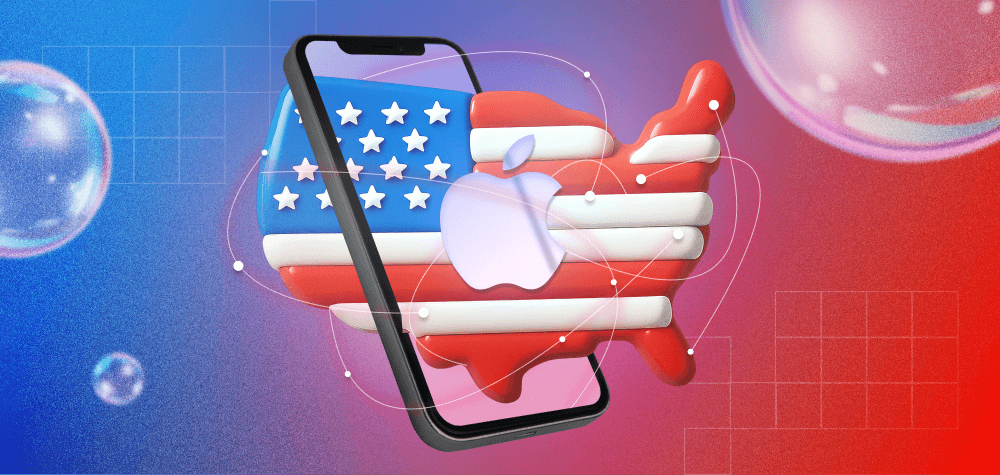The writing was on the wall, yet the news still landed with a thud: Google has officially killed the Privacy Sandbox. Years of work (by Google, by developers, by ad tech companies) are now headed for the digital recycling bin. The initiative that was supposed to reshape the future of privacy and targeting for the open web is now history.
It’s not the first time the rug has been pulled out from under advertisers, developers, and ad tech companies. And after six years of riding this rollercoaster, surely there are lessons to be learned… right?
How Did We End Up Here?
Born in 2019, when regulators were descending and cookies were suddenly everyone’s least favorite dessert, the Privacy Sandbox was pitched as the privacy-first future of web advertising. The idea was simple: swap out third-party cookies for a set of APIs that could enable targeting and measurement without tracking individuals across sites. Along the way, the Privacy Sandbox for Android (which was supposed to serve as the long-term pathway for phasing out the Google Advertising ID, or GAID, the in-app identifier that underpins most mobile ad measurement and targeting today) was introduced and eventually merged with the broader initiative.
The Privacy Sandbox was, in theory, going to be a win-win-win: Users get privacy, advertisers get data, and Google gets to stay ahead of regulators while looking like the hero of the digital ecosystem. In reality, it became a six-year rollercoaster of beta tests, mixed signals, false starts, and delayed timelines.
The initiative spawned a whole ecosystem of tools trying to balance ad performance with privacy preservation: Topics API, Protected Audience API (formerly FLEDGE), and Attribution Reporting API), to name a few. They all required extensive industry collaboration, technical integration, and faith that Google would actually pull the plug on cookies.
The Privacy Sandbox devolved into a long saga of delays and dwindling enthusiasm. Eventually, cookie deprecation was “paused indefinitely,” and with a short and almost casual announcement, the Privacy Sandbox joined the Google Graveyard. With it died these features:
- Attribution Reporting API (Chrome and Android)
- IP Protection
- On-Device Personalization
- Private Aggregation (including Shared Storage)
- Protected Audience (Chrome and Android)
- Protected App Signals
- Related Website Sets
- SelectURL
- SDK Runtime
- Topics (Chrome and Android)
So, What Now?
Google says it will “continue to utilize learnings from the retired Privacy Sandbox technologies.” But in short, after six years of talk about reinventing digital advertising, we’re largely back to the same cookie-based status quo. (The only real difference is that, after so many years preparing for the death of cookies, advertisers are now far more aware of just how limited third-party cookies were in the first place.)
The industry’s reaction to the news? Mostly exhaustion. After years of retooling strategies, integrating APIs, and preparing for a cookieless world that never quite arrived, advertisers and developers are recalibrating once again. The collective sigh across adland could probably power a small wind farm.
But beyond the fatigue, there’s a lesson worth remembering. When Google says jump, the advertising industry tends to ask, “how high?” The Privacy Sandbox saga is just the latest reminder of how deeply the ecosystem is tied to Google’s shifting priorities.
While most headlines have focused on what this means for the open web, the in-app ecosystem is also in a state of flux, given the earlier stated intention to phase our GAID. With the Sandbox’s demise, that roadmap has effectively disappeared. Will GAID remain indefinitely? Right now, no one knows for sure. For app developers and mobile marketers, that uncertainty creates real implications for attribution accuracy, audience segmentation, and the future of SDK-based advertising.
The Start.io View
At Start.io, we’ve always believed in preparing for change, especially when it comes from Google. From Android’s evolving privacy frameworks to the shifting rules around attribution and consent, we’ve made it a priority to keep advertisers and developers informed and equipped for whatever comes next.
For Start.io, this isn’t theoretical. Our foundation has always been in-app, and that experience has given us a front-row seat to every privacy shift Android has introduced. We’ve built our solutions to stay adaptive, privacy-compliant, and data-driven, ensuring advertisers and developers can continue to reach audiences effectively regardless of how identifiers evolve. As Google’s plans for Android advertising inevitably change again, Start.io will continue tracking developments closely and helping the in-app ecosystem stay one step ahead.
The collapse of the Privacy Sandbox underscores a simple truth: Advertisers and app developers need to control what they can. That means prioritizing transparency, building on privacy-compliant data, and focusing on measurable performance, regardless of Google’s latest pivot.
The Sandbox might be gone, but privacy, performance, and accountability still matter. The industry might not be able to steer Google’s direction, but it can stay grounded by prioritizing partners and strategies built to endure whatever comes next.



